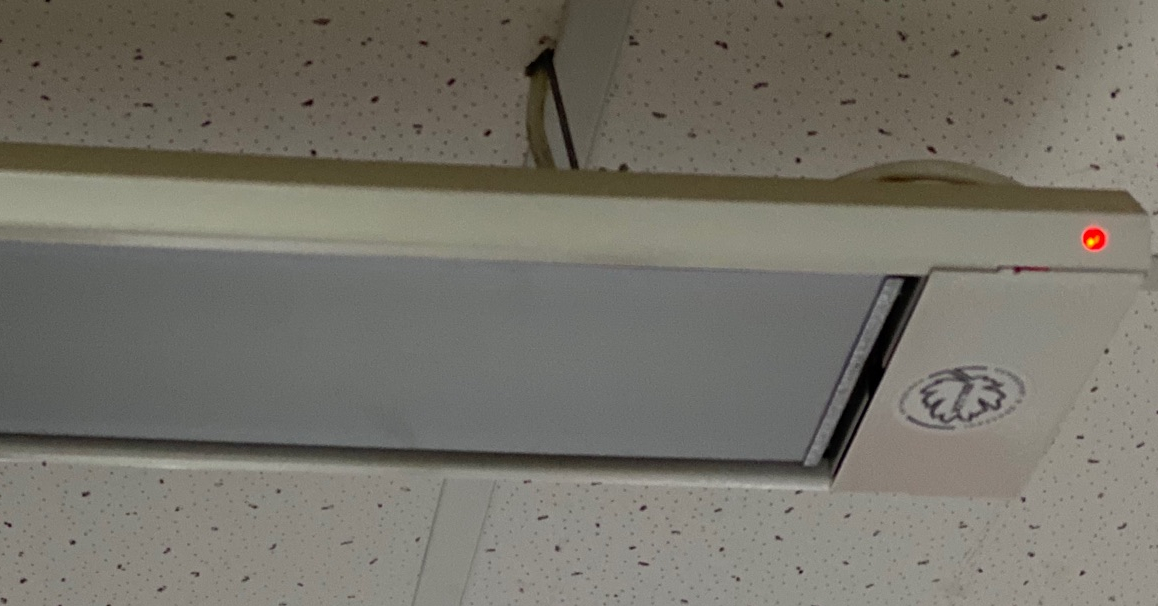Several of our groups have decided to swap a gas boiler for radiant panels. In their situations, their energy costs will be much lower even with electricity more expensive than gas. Getting the right and design for a radiant panel installation is crucial. We’ve asked our an expert advisor and this is what he told us.
Radiant panels may be news to many of us, but they aren’t a new technology at all – they’ve been used in the more sensitive parts of hospitals for years because they don’t collect and redistribute dust like radiators do. In hospitals they are often mounted on the ceiling to keep them away from people and free up the wall space. That means there are also radiant panel manufacturers who have been around for years and they are much more likely to provide good equipment than the many Chinese factories now starting to make and sell them. Many of the long-standing British manufacturers will design a system for you using their equipment. We wouldn’t recommend asking an installer to do a design, but you can trust the manufacturers to get this right and if an independent consultant is really more used to gas boilers, this is the approach they’ll use themselves.
Frenger, Solray, and Consort Claudgen are all reputable manufacturers, but there are probably others. The Consort Claudgen “Twinzone” is unusual in being able to deliver narrow beam or wide beam heating, depending on how it is assembled, which I suppose might help if there’s uncertainty in the design that really can’t be resolved. Any decent manufacturer will give you full technical specifications for what they sell. If, like many of the Chinese models, they don’t even tell you the beam angle of the panel and the distance it should be mounted from people to make them warm, you’ll want to steer well clear.
The manufacturers won’t install the panels for you. With gas boilers, the installer’s skills make a real difference to performance, efficiency, and longevity. With radiant panels, they don’t. Any competent electrical contractor should be able to install the equipment to a specified design.
There are a few gotchas to be aware of for panels. Be careful about having the right power supply. Some panels require a three phase supply. If you put enough panels in a building, you might find you need a beefier power supply to run them. For instance, if you were to put in 12 3.6 kW radiant panels, that takes enough current to be an issue for some of our buildings. In heritage buildings, you’ll also want to think about how the panels should be mounted.
We think this advice will really help the groups that are struggling to act on their radiant panel plans – but if you need more than this, do let us know. And please do tell us how you get on with your projects.
Picture source: Wikimedia Commons, Copyright Palytsialvan, CC-BY-A-SA-4.0, our crop
